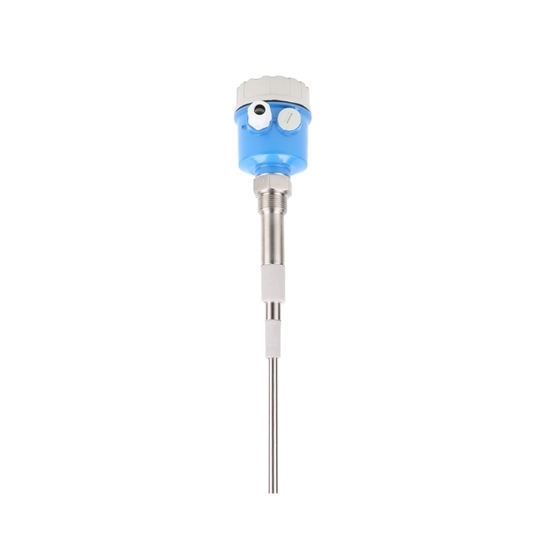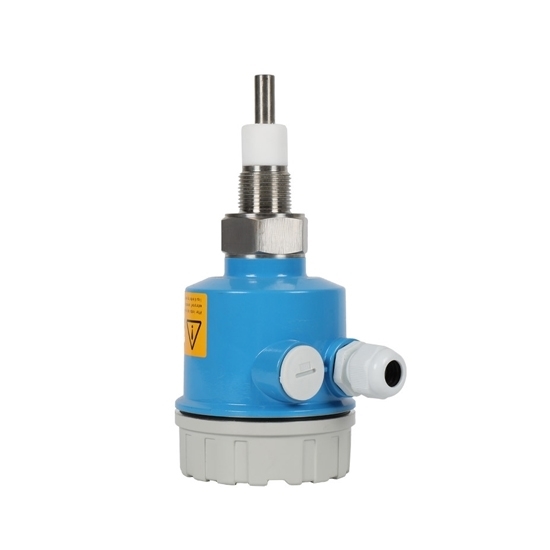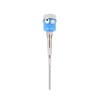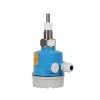



- Stock: In Stock
- Model: RDDLZ-RFALS-L2000
- Weight: 1.00
- SKU: RDDLZ-RFALS-L2000
Available Options
RF admittance level switch is a level sensor used for point-level detection of liquids, solids, or slurries in industrial processes. RF admittance level switch offers reliable and accurate level sensing, making it valuable in diverse industries like chemical processing, water treatment, and food production.
Features
- The RF admittance level switch adopts a fully sealed integrated structure design, with internal integrated digital circuits and no mechanical moving parts. Zero point calibration can be completed after one installation without repeated debugging.
- It effectively reduces the impact of ambient temperature and humidity on the measurement results through digital circuit design, and there is no need to readjust the zero point when the season changes. The advanced circuit structure can prevent false signals caused by material adhesion to the probe, and resist the influence of various working conditions fluctuations.
- The admittance level switch can be widely used in complex field environments such as high temperature, high pressure, high dust and high viscosity, and is suitable for accurate measurement of solid and liquid materials.
- Users can quickly complete the one-time zero point setting through digital circuits, simplify the debugging process, and improve work efficiency.
Specification
| Model | RDDLZ-RFALS-L2000 | |
| Control Part | Power Supply (Optional) | 220V AC±10%, 50/60HZ; 24V DC±10% |
| Contact Capacity | 250V AC 5A | |
| Power Consumption | Maximum 2.5W | |
| Sensitivity | ≤0.3PF | |
| Output Relay | SPDT (Single Pole Double Throw) | |
| Ambient Temperature | -40~65℃ | |
| Temperature Effect | 0.3PF/30℃ | |
| Calibration | Button Zero Calibration | |
| Sensitivity Setting | Setting Range is 1~9 | |
| Switch Delay Setting | Delay Value Range is 0~59 Seconds | |
| Alarm Form | Optional Upper Limit or Lower Limit | |
| Shell Protection Standard | Complies with NEMAI-5.4X and 12&13 (IP65) Protection Standards | |
| Probe Part | Installation Interface | 1"NPT, 3/4"NPT |
| Probe Material | Stainless Steel Probe | |
| Pressure Resistance | 1.6MPa | |
Dimension (Unit: mm)
Installation & Wiring
Applications
Tips: What is the working principle of RF admittance level switch?
A Radio-Frequency (RF) admittance level switch operates based on the principle of measuring the change in admittance as a probe comes into contact with a material. Admittance is the reciprocal of impedance, and it includes both conductance and susceptance. In this level switch, an RF signal is emitted from a probe, and as the material level rises, the capacitance between the probe and the material changes. This alteration in capacitance leads to a change in admittance, which is detected by the instrument. The switch triggers when the admittance reaches a predefined threshold, indicating the material has reached a specific level. This technology is commonly used in industries to monitor and control levels of liquids and solids in tanks and vessels, offering a reliable and accurate solution for various industrial applications.
